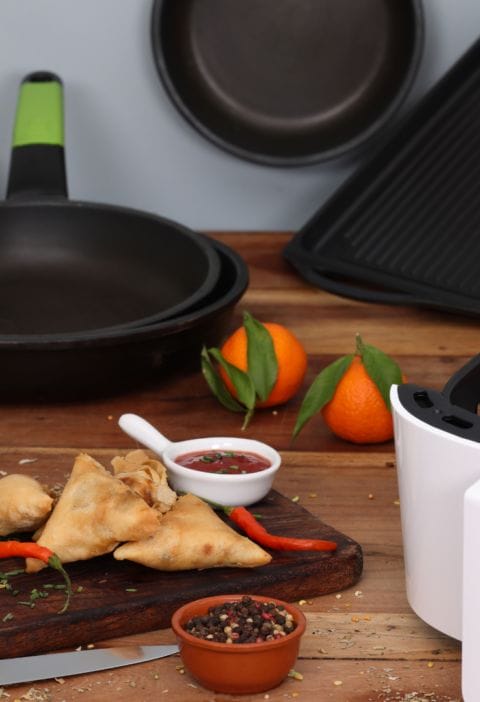In the realm of vegetarian cuisine, tofu reigns supreme as a versatile and protein-packed ingredient. However, many home cooks find themselves mystified by the various types of tofu and uncertain about how to make the most of its incredible adaptability in the kitchen. Join us on a culinary journey as we unravel the Tofu Tales, demystifying the world of tofu and showcasing its transformative power in various dishes.
Table of Contents
The Basics: What is Tofu?
Tofu, also known as bean curd, is a soy-based protein made from coagulating soy milk. With a mild flavor and a texture that can range from silky smooth to extra firm, tofu serves as an excellent canvas for a wide array of flavors and culinary techniques.
Types of Tofu
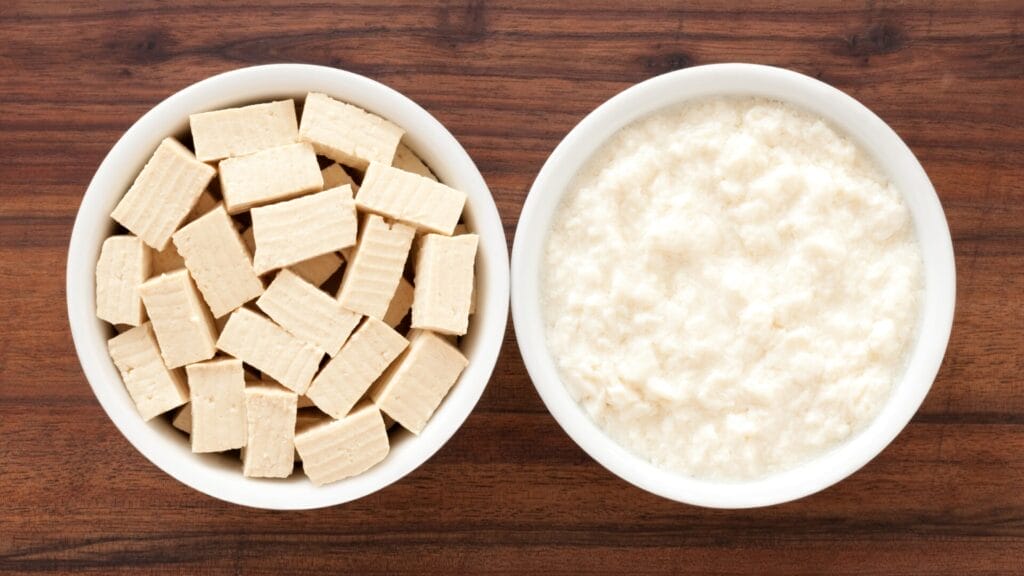
Silken Tofu
Silken tofu has a custard-like texture, making it perfect for blending into smoothies, soups, or desserts. Its delicate consistency allows it to meld seamlessly into recipes, adding creaminess without overpowering other flavors.
Soft Tofu
Soft tofu retains some creaminess, making it suitable for dishes like miso soup or scrambled tofu. Its slightly firmer texture compared to silken tofu provides a gentle bite while still being easy to blend or mash.
Firm Tofu
Firm tofu is ideal for stir-fries, grilling, or baking. It holds its shape well and absorbs flavors effectively, making it a versatile choice for various savory dishes.
Extra-Firm Tofu
Known for its dense texture, extra-firm tofu is excellent for dishes where you want the tofu to maintain its structure, such as grilling or pan-frying. Its robustness makes it perfect for achieving a crispy exterior while keeping the interior tender.
Cooking Techniques
Pressing Tofu
Pressing tofu removes excess water, allowing it to absorb flavors more effectively. Wrap the block of tofu in a clean kitchen towel, place it between two plates, and add some weight on top. Let it press for at least 15-30 minutes. This simple step enhances the texture and flavor of your tofu dishes.
Marinating Tofu
Tofu is like a flavor sponge. Marinate it in your favorite sauces or seasonings for at least 30 minutes before cooking to infuse it with delicious tastes. Experiment with soy sauce, garlic, ginger, and various herbs to create a marinade that complements your dish.
Grilling or Frying
Achieve a delightful crispy exterior by grilling or frying tofu. The high protein content of tofu makes it capable of developing a golden-brown crust, enhancing both texture and taste. Use a non-stick skillet, grill pan, deep fryer or air fryer to cook tofu until it reaches your desired level of crispiness.

Creative Tofu Recipes
Airfried Tofu Kofte
While we won’t provide the full recipe here, consider applying the Tofu Tales principles to create a delightful dish like Airfried Tofu Kofte. Experiment with various types of tofu, pressing techniques, and flavor combinations to make this versatile ingredient shine. Airfrying provides a healthier alternative to deep-frying, resulting in a crispy exterior and tender interior.
Tofu Stir-Fry with Vegetables
Create a quick and healthy meal by stir-frying firm or extra-firm tofu with your favorite vegetables. Add soy sauce, ginger, and garlic for a flavorful sauce. Serve over rice or noodles for a satisfying dish.
Tofu Scramble
Replace traditional scrambled eggs with a tofu scramble. Crumble firm tofu and cook with onions, bell peppers, spinach, and spices like turmeric and cumin. This makes for a delicious and protein-packed breakfast or brunch option.
Tofu Smoothie
Blend silken tofu with fruits like bananas, berries, and a splash of almond milk to create a creamy and nutritious smoothie. This is a great way to incorporate tofu into your diet without any cooking required.
Tofu Chocolate Mousse
For a delectable dessert, blend silken tofu with melted dark chocolate, a bit of vanilla extract, and a sweetener of your choice. Chill in the refrigerator until set for a rich and creamy chocolate mousse.
Health Benefits of Tofu
Tofu is not only versatile but also packed with essential nutrients. It is an excellent source of plant-based protein, making it a staple for vegetarians and vegans. Additionally, tofu contains all nine essential amino acids, iron, calcium, and magnesium, contributing to overall health and well-being.
Heart Health
Consuming tofu as part of a balanced diet can support heart health. It is low in saturated fats and cholesterol, and studies have shown that soy protein can help reduce levels of LDL cholesterol.

Bone Health
Tofu is rich in calcium and vitamin D, which are crucial for maintaining strong and healthy bones. Regular consumption of tofu can help prevent osteoporosis and improve bone density.
Weight Management
Tofu is low in calories but high in protein, making it an excellent choice for weight management. It helps keep you full longer, reducing the likelihood of overeating.
Common Misconceptions About Tofu
Many people shy away from tofu due to misconceptions about its taste and texture. However, when prepared correctly, tofu can be incredibly flavorful and satisfying. Understanding the different types of tofu and cooking techniques can transform your perception and culinary experience.
Tofu is Bland
Tofu on its own has a mild flavor, but it readily absorbs the flavors of marinades, spices, and sauces. Properly seasoned and cooked, tofu can be delicious and flavorful.
Tofu is Only for Vegetarians and Vegans
While tofu is a staple in vegetarian and vegan diets, it can be enjoyed by anyone. Its versatility makes it suitable for a variety of dishes, appealing to both plant-based eaters and meat-eaters alike.
Tofu is Difficult to Cook
Cooking tofu is straightforward once you understand the basics. Simple techniques like pressing, marinating, and proper cooking methods can make tofu a staple in your kitchen.
Tofu in Global Cuisines
Tofu has a prominent place in various global cuisines, from Asian dishes like Japanese miso soup and Chinese stir-fries to Western adaptations in vegan burgers and salads. Its adaptability makes it a beloved ingredient worldwide, celebrated for its ability to blend into diverse culinary traditions.
Japanese Cuisine
In Japan, tofu is used in a variety of dishes such as miso soup, agedashi tofu (deep-fried tofu), and hiyayakko (chilled tofu served with toppings).
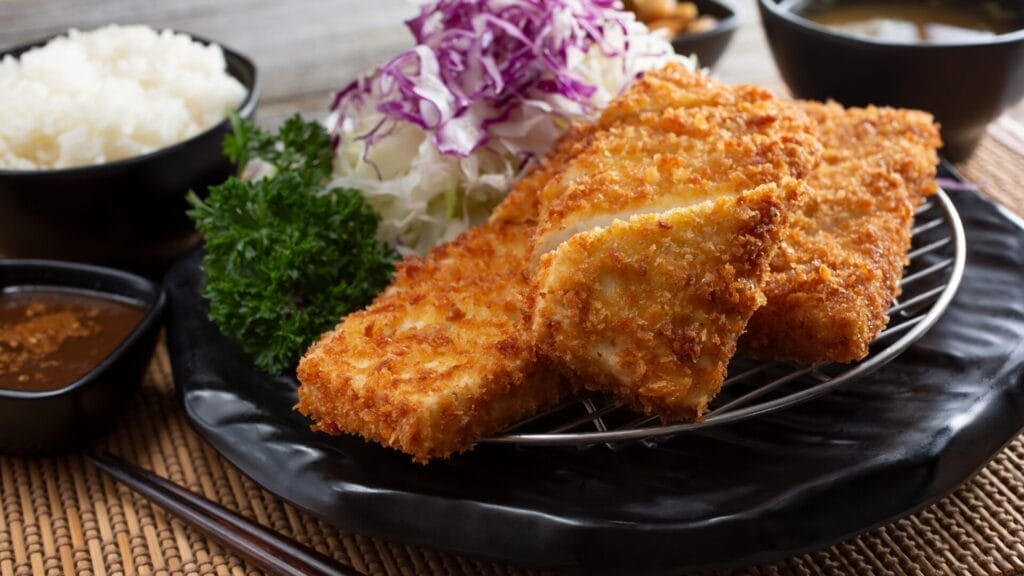
Chinese Cuisine
Tofu is a key ingredient in Chinese cuisine, featured in dishes like mapo tofu (spicy Sichuan tofu) and tofu stir-fries. It is often paired with bold flavors and spices.
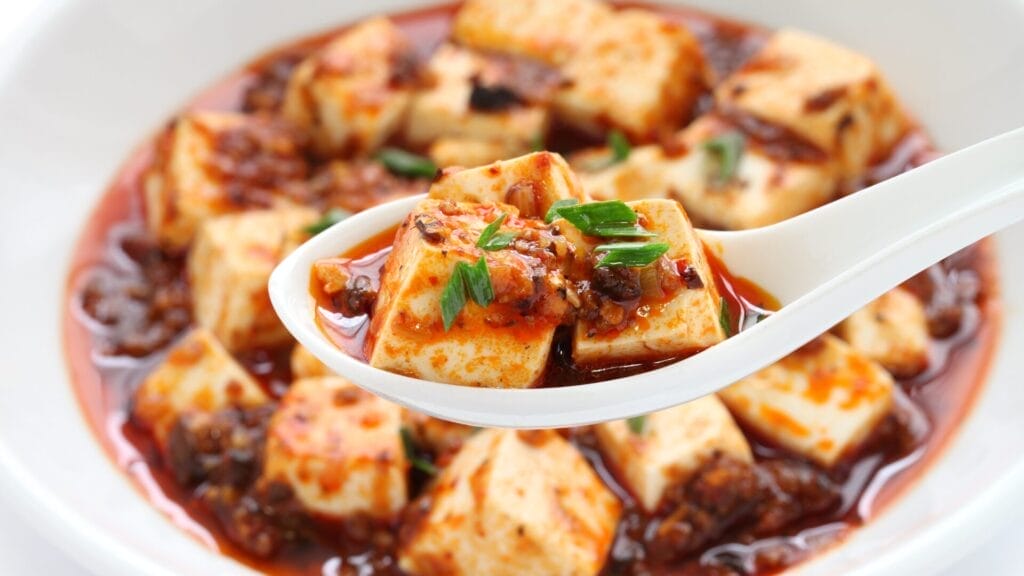
Korean Cuisine
Korean cuisine incorporates tofu in dishes like sundubu jjigae (spicy soft tofu stew) and dubu kimchi (tofu served with stir-fried kimchi and pork).
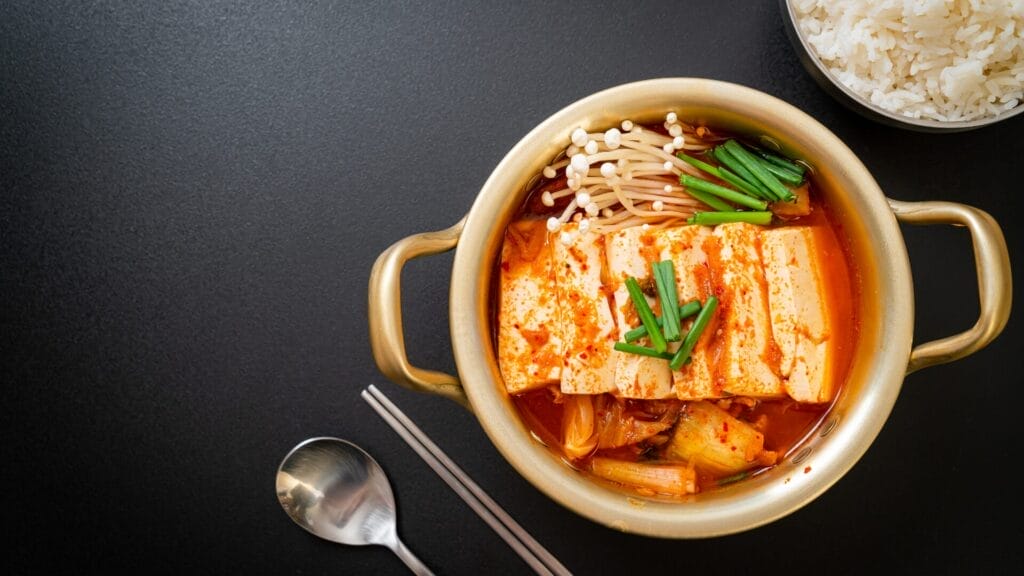
Western Cuisine
In Western cuisine, tofu is often used in vegan and vegetarian recipes such as tofu burgers, skewers, salads, and desserts. Its versatility allows it to replace meat and dairy products in many recipes.

Tips for Buying and Storing Tofu
When purchasing tofu, consider the type that best suits your intended recipe. Firm and extra-firm tofu are great for grilling and frying, while silken and soft tofu are ideal for soups and desserts. Store tofu in water and change the water daily to keep it fresh longer.
Selecting Tofu
Check the expiration date and ensure the package is sealed properly. Look for organic and non-GMO options for higher quality.
Storing Tofu
Keep tofu in its original packaging until ready to use. After opening, store tofu in a container with water and refrigerate. Change the water daily to maintain freshness.
Freezing Tofu
Tofu can be frozen to extend its shelf life. Freezing changes its texture, making it chewier and more porous. This can be desirable for certain recipes that require a firmer texture.
Tofu and Sustainability
Tofu production has a lower environmental impact compared to animal-based proteins. It requires less water and land, making it a more sustainable choice for eco-conscious consumers. Incorporating tofu into your diet can contribute to a more sustainable and environmentally friendly lifestyle.
Environmental Benefits
Soybeans, the primary ingredient in tofu, have a lower carbon footprint compared to livestock. Growing soybeans uses less water and produces fewer greenhouse gases.

Reducing Meat Consumption
By incorporating tofu into your diet, you can reduce your reliance on meat products, contributing to lower demand for resource-intensive animal agriculture.
Supporting Local Producers
Purchase tofu from local or regional producers to further reduce transportation emissions and support sustainable farming practices.
FAQs
What is the nutritional value of tofu?
Tofu is rich in protein, iron, calcium, and magnesium. It contains all nine essential amino acids and is low in calories, making it a nutritious addition to any diet.
How should I store leftover tofu?
Store leftover tofu in a container filled with water and refrigerate. Change the water daily to keep the tofu fresh for up to a week.
Can I freeze tofu?
Yes, you can freeze tofu. Freezing changes its texture, making it chewier and more sponge-like, which can be desirable for certain recipes.
What are some common tofu marinades?
Common tofu marinades include soy sauce, garlic, ginger, lemon juice, and various herbs and spices. The key is to let the tofu marinate long enough to absorb the flavors.
Is tofu suitable for a gluten-free diet?
Yes, tofu is naturally gluten-free. However, check the labels of pre-marinated or flavored tofu products to ensure they do not contain gluten.
How do I prevent tofu from sticking to the pan?
Use a non-stick skillet or ensure your regular skillet is well-oiled. Cooking tofu on medium-high heat helps develop a crispy crust and prevents sticking.
Conclusion
Tofu Tales are an invitation to explore the myriad possibilities of tofu in your kitchen. From silky soups to crispy stir-fries, this plant-based protein can be a star in a variety of dishes. Armed with knowledge about the types of tofu and essential cooking techniques, you’re ready to embark on your own tofu adventures. Demystify the world of tofu, embrace its versatility, and let your kitchen be the stage for a symphony of flavors with this incredible plant-based ingredient.






